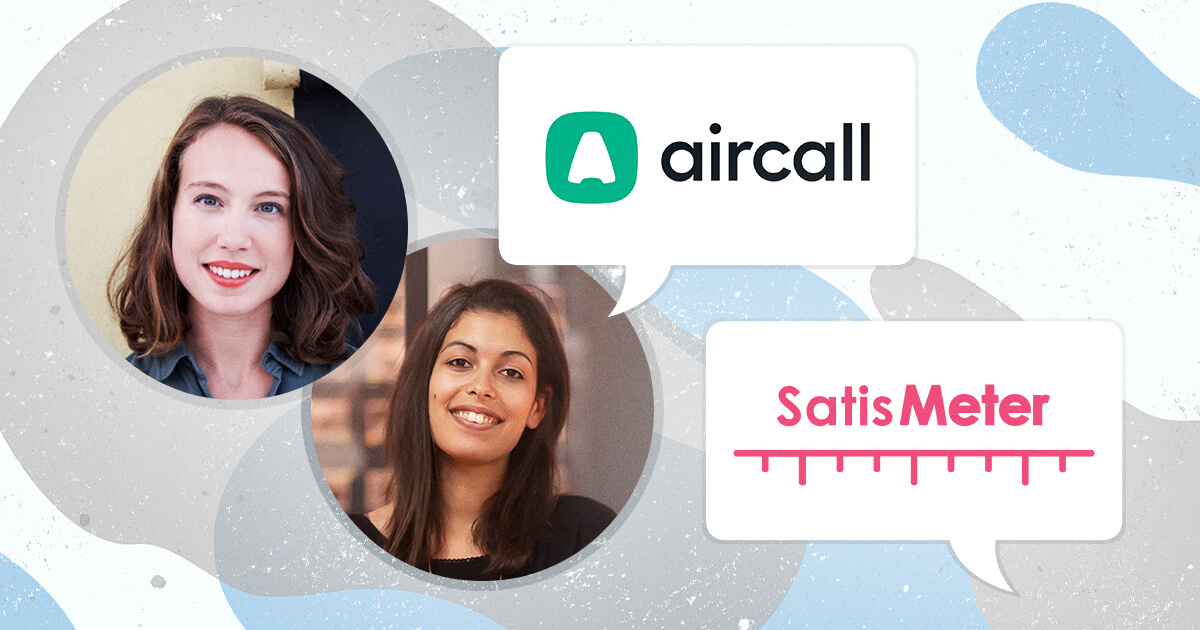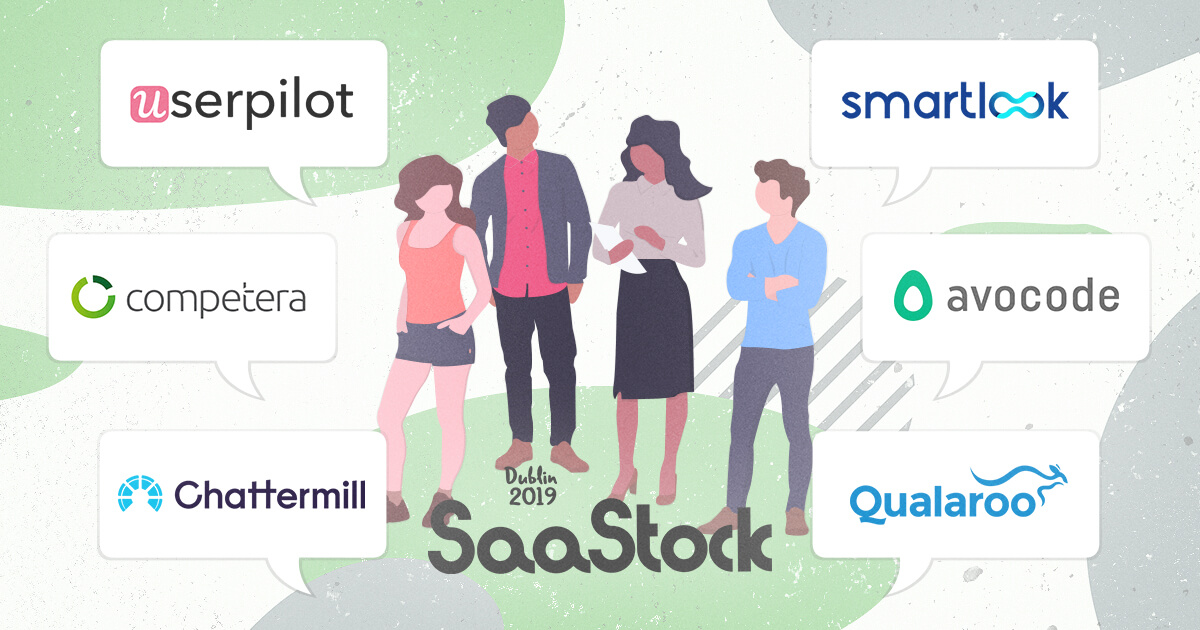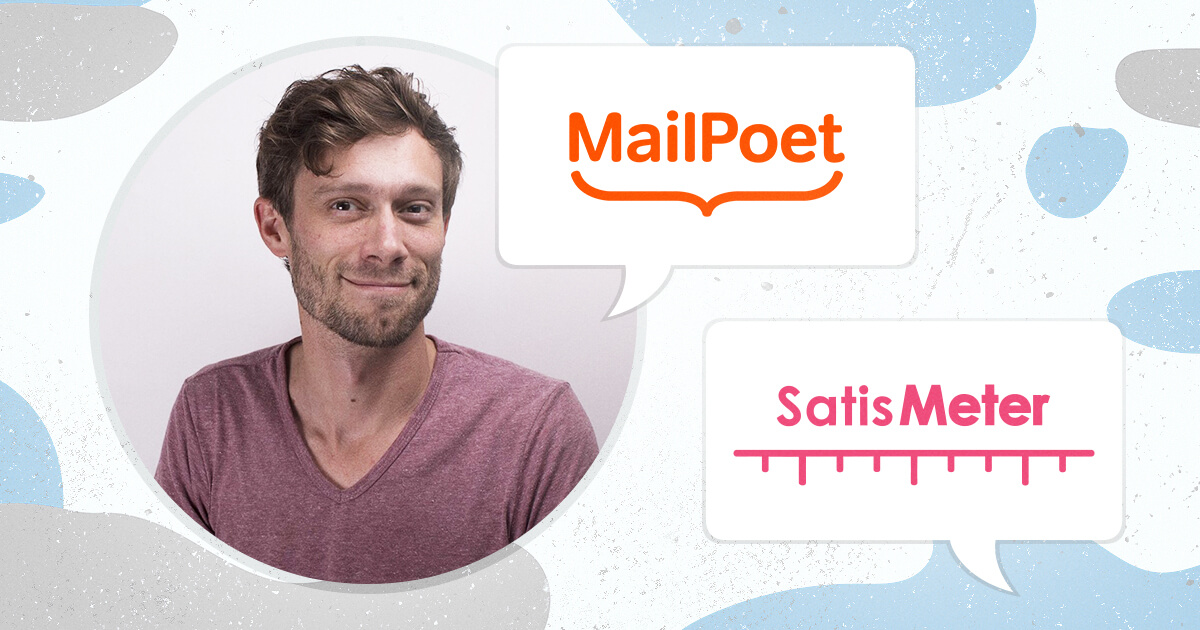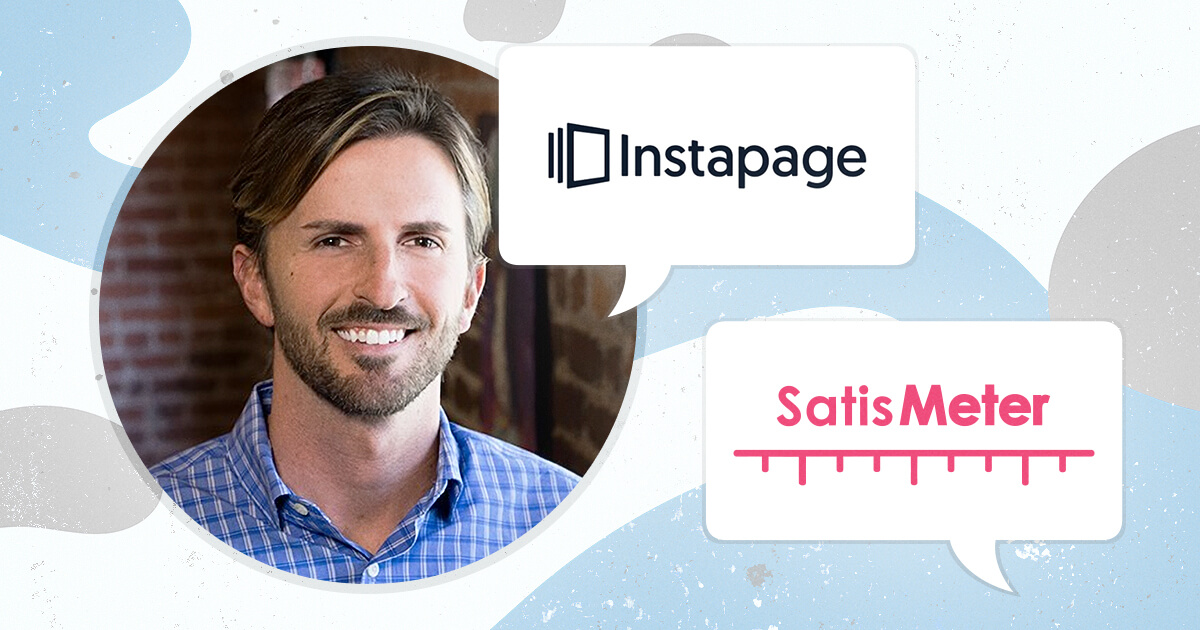This week we’ve been having a chat with Aircall, the cloud phone system which empowers teams to ace every call. With a huge host of features and integrations bringing in new users, their teams are kept busy creating work structures that survive the pressure of rapid scaling.
We checked in with Maïa Metz, VP of Product, and and Tania Kefs, VP of Customer Success, about diversity, what’s to come in 2019, and customer feedback.
What was your biggest achievement in 2018?
Maïa: At the beginning of 2018, it was brought to my attention by several team members that we had a lot of scope for improvement regarding diversity in the workplace. The highest priority item was gender diversity and inclusion.
I offered to create a diversity team which grew from 3 to 10 people, including men and women from different teams and nationalities. We met regularly and prepared an action plan that we presented to the leadership team. It included short and mid term recommendations to improve in three areas: hiring, well-being and company image.
One year later, I’m very proud to see that we have made great progress. In terms of hiring, the percentage of women grew from 20% to 35%. Regarding well-being, the number of complaints from employees has been dramatically reduced and they are now handled in a timely manner. As concerns our company image, we have reviewed our hiring page and job descriptions, and recently hosted our first “Women in Tech” event.
What’s the biggest challenge you see coming in 2019?
Tania: The biggest challenge for 2019 will be to continue scaling our structure along with our hyper-growth. It’s a balancing act where you need to find the right compromise between urgent short-term needs and building foundations for long-term growth.
This applies to recruiting when some teams are understaffed and you are tempted to diminish your previous hiring standards or culture fit to help with the workload. It also impacts how you establish processes as you need clear guidelines for employees when you reach a certain size but you do not want to be too rigid or lose your agility. It’s a process of trial and error, learning from other companies that succeeded in similar conditions and adapting industry best practices into your company DNA.
Remaining aligned across departments is also a key priority and it becomes more complex as the level of granularity of each function increases. One of our initiatives to palliate becoming a siloed organisation is to implement shared targets across relevant teams to help people remain focused on a high-level goal and foster collaboration.
Are you collecting customer feedback, what do you do with it?
Maïa: We are collecting customer feedback in many different ways, which is critical to our success as a Product team and company.
Our customer relations and sales teams escalate customer feedback to the Product team through Slack in dedicated channels.
Product Managers and Product Designers are required to visit customers at least once a month. Doing two hours of Support regularly also helps get the pulse of customer satisfaction and identify the main issues encountered.
We’re also using Satismeter to track NPS which is a core metric at Aircall. We follow it closely through the Satismeter-Slack integration, and it is announced weekly to the entire company by our CEO. It also drives our roadmap decisions. Although the NPS is useful to get a sense of customer health, we’ve found that the number itself isn’t actionable right away. To drive actionable insights out of it, we use segmentation (NPS per country, NPS per persona, NPS per product, etc.), as well as categorisation. We’ve built a small algorithm that automatically attributes customer comments to a category (pricing, bugs, features, etc.).
Tell us a little about your approach to customer success?
Tania: Our customer success team uses a mix of automation and a personalised approach. We have pretty high-touch relationships with our top accounts but it’s important to offer some type of personalisation at all levels to enhance the customer experience and make sure people get the most out of our product.
In order to do this in a scalable way with thousands of customers, we are trying to use data as much as possible to create alerts that would require a human action based on a customer behaviour. This is quite complicated and requires a lot of resources but there are tremendous benefits of interacting with a user at the right time in their customer journey.
We integrated Zendesk and Salesforce pretty early on to get a global picture of our customers’ interactions with us, but the tool that helped us the most get a 360 view was the data software Periscope. We were able to create dashboards that gave us valuable insights on our customers’ health and act quickly thanks to them. Our next step will be to choose a specialised customer success tool this year in order to support the customer journey, automate some team processes, optimise resources, reduce manual work and make sure we are offering the best customer experience possible.
Want to start tracking NPS? Using SatisMeter you can be ready to go in 5 minutes.



